Search
Search Results
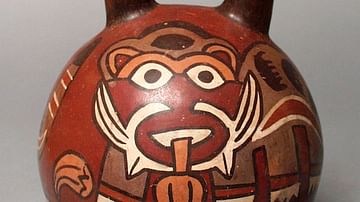
Definition
Nazca Civilization
The Nazca civilization flourished on the southern coast of Peru between 200 BCE and 600 CE. They settled in the Nazca and other surrounding valleys with their principal religious and urban sites being Cahuachi and Ventilla, respectively...
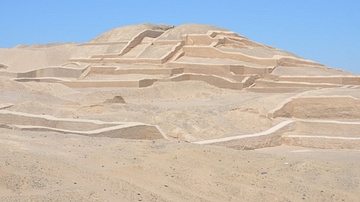
Definition
Cahuachi
Cahuachi, located on the southern coast of Peru, was the most important sacred site of the Nazca civilization. The Nazca flourished between 200 BCE and 600 CE, and Cahuachi covers a similar time period. The site, which was used for harvest...
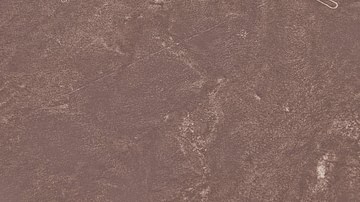
Article
Nazca Lines
The Nazca civilization flourished in southern Peru between 200 BCE and 600 CE and amongst their most famous legacies are the geoglyphs and lines - often referred to as Nazca Lines - along the eastern coast of Peru and northern Chile. The...
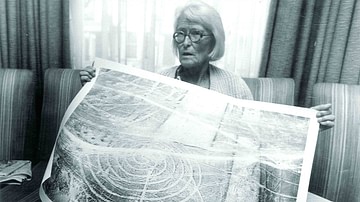
Article
The Nazca Lines: A Life's Work
The World Heritage-listed Nazca lines are a well-known part of the ancient heritage of Peru. One woman spent over 50 years studying and protecting them. Ana Maria Cogorno Mendoza shares the story of Dr Maria Reiche. The lines and geoglyphs...
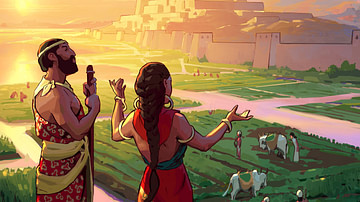
Definition
Civilization
Civilization (from the Latin civis=citizen and civitas=city) is a term applied to any society which has developed a writing system, government, production of surplus food, division of labor, and urbanization. The term is difficult to define...
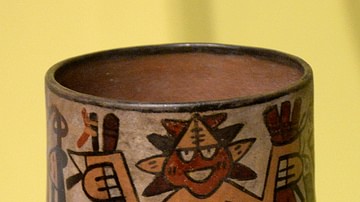
Article
Nazca Pottery
The pottery of the Nazca civilization, which flourished in ancient Peru between 200 BCE and 600 CE, is amongst the most distinctive art produced by any civilization from antiquity. Endlessly inventive both in form and in its use of strong...
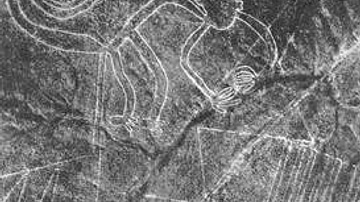
Image
Nazca Line Monkey
Aerial photograph taken in 1953 CE by Maria Reiche (1903 - 1998 CE). Maria Reiche was a German-born Peruvian mathematician and archaeologist who is known for her research on the Nazca Lines in Peru. The photo shows a geoglyph of a monkey...
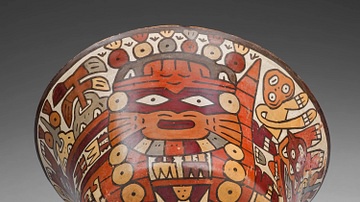
Image
Nazca Culture Bowl
Bowl, 180 BCE / 500 CE. Nazca; south coast, Peru. The Art Institute of Chicago, Kate S. Buckingham Endowment.
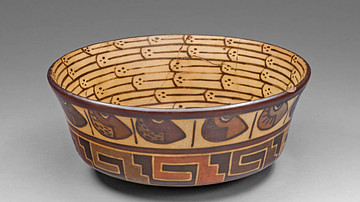
Image
Nazca Bowl with Bean and Architectural Motifs
Bowl with Bean and Architectural Motifs, 180 BCE / 500 CE. Nazca; south coast, Peru. The Art Institute of Chicago, Kate S. Buckingham Endowment.
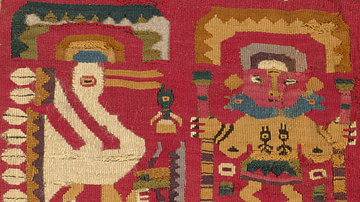
Interview
Interview: Super/Natural: Textiles of the Andes
Over the course of several millennia, textiles were the primary form of aesthetic expression and communication for the diverse cultures that developed throughout the desert coasts and mountain highlands of the Andean region. Worn as garments...